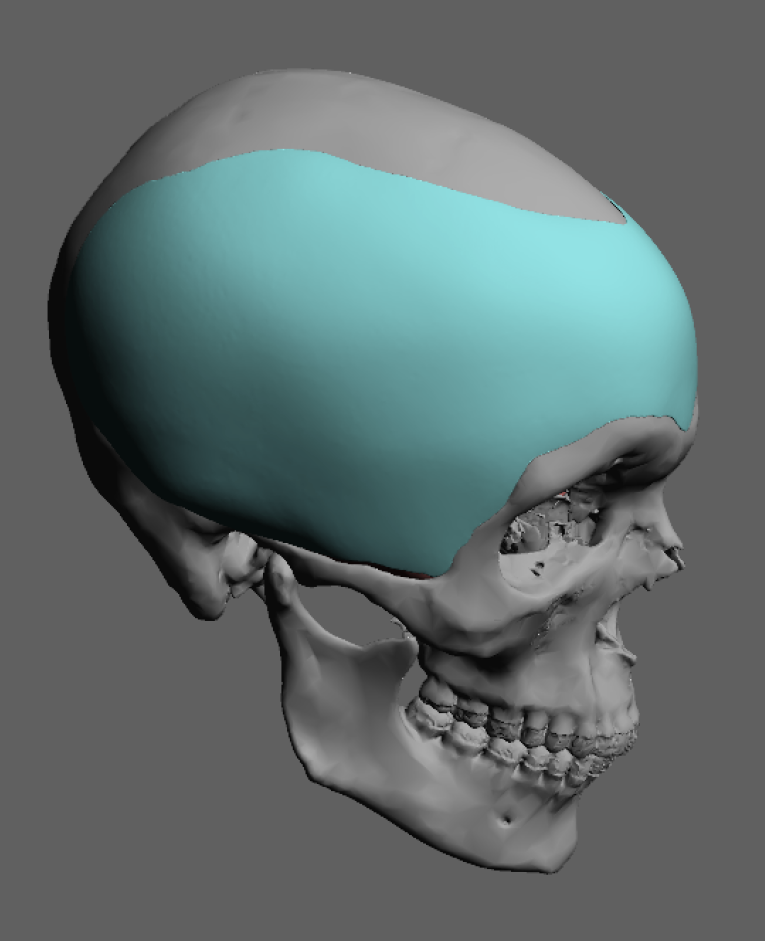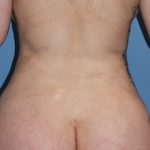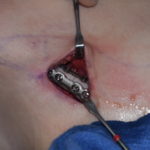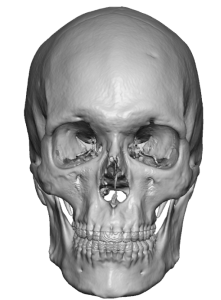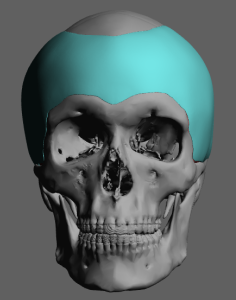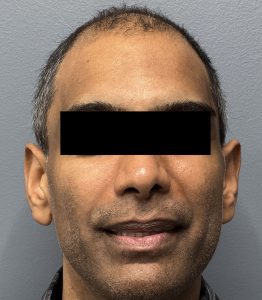Background
A narrow head shape in adults can only be corrected through implant augmentation. The most critical design consideration is whether the implant should remain within the bony temporal line or extend beyond it.
-
Type 1 Implants augment only the sides of the head and stay within the temporal lines.
-
Type 2 Implants—used for more severe narrowness—wrap around the head, crossing the temporal lines to reach the forehead and/or back of the skull.
The narrower the head, the more likely a Type 2 wrap-around design will be necessary.
Anatomic Considerations
The bony temporal line serves as the attachment point for the temporalis muscle and its deep fascial covering. While it technically comprises a superior (fascial) and inferior (muscular) ridge, the distinction is often subtle.
-
For Type 1 implants, augmentation can be placed beneath the deep temporal fascia or even under the muscle. The submuscular location is generally preferred.
-
In Type 2 cases, the implant must cross the temporal line, making submuscular placement unfeasible. The fascia and muscle insertions should never be detached, as they cannot be adequately re-draped over an implant and tend to retract.
Thus, for wrap-around skull implants, the design must accommodate:
-
Subperiosteal placement on the forehead and occiput
-
Subfascial (on top of the deep fascia) placement on the sides
This ensures a smooth and continuous contour.
Case Summary
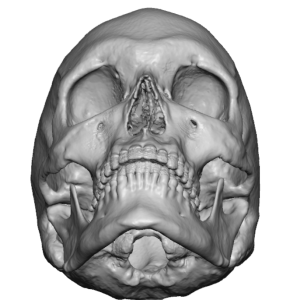
Design and Planning
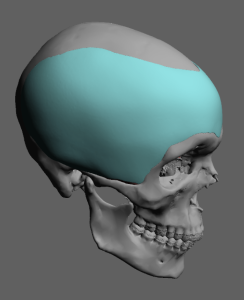
Surgical Technique
A three-incision approach was used:
-
Bilateral postauricular incisions to pass the implants
-
Frontal hairline incision for central access and alignment
Each incision served a distinct role: the postauricular incisions allowed access for lateral insertion, while the frontal incision was essential for joining the two pieces at the forehead.
Implant Insertion

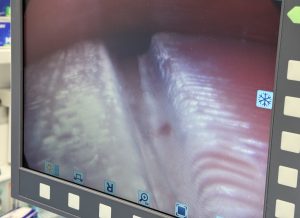
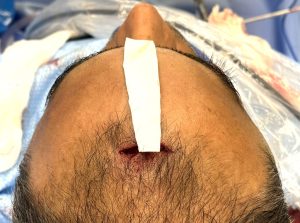
Postoperative Course
-
All incisions were closed with resorbable sutures.
-
Drains were placed bilaterally and left in for over two weeks.
-
Needle aspiration was performed several times for minor fluid collections after drain removal.
-
By three weeks, fluid accumulation had resolved.
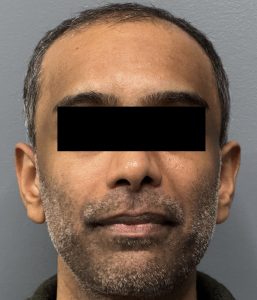
Clinical Insights
Augmenting skull areas that involve the temporal zones requires extra care to preserve muscular soft tissues. This makes wrap-around implant placement more complex than standard onlay augmentations.
Risks and Management
-
Implant edging and fluid buildup are common concerns, especially when implants lie over the temporal muscle.
-
These risks are mitigated through:
-
Careful implant design
-
Prolonged drain placement
-
However, the most unique challenge remains the intraoperative insertion of a large, segmented implant through limited-access incisions under semi-blinded conditions.
Key Takeaways
-
Effective correction of narrow head shapes requires crossing the temporal line, combining subperiosteal and subfascial placement techniques.
-
Strategic incisions behind the ears and along the frontal hairline allow for hidden access and precise assembly.
-
Large surface area implants demand segmentation and internal reassembly, which must be done with precision and finesse.
Dr. Barry Eppley
World-Renowned Plastic Surgeon

